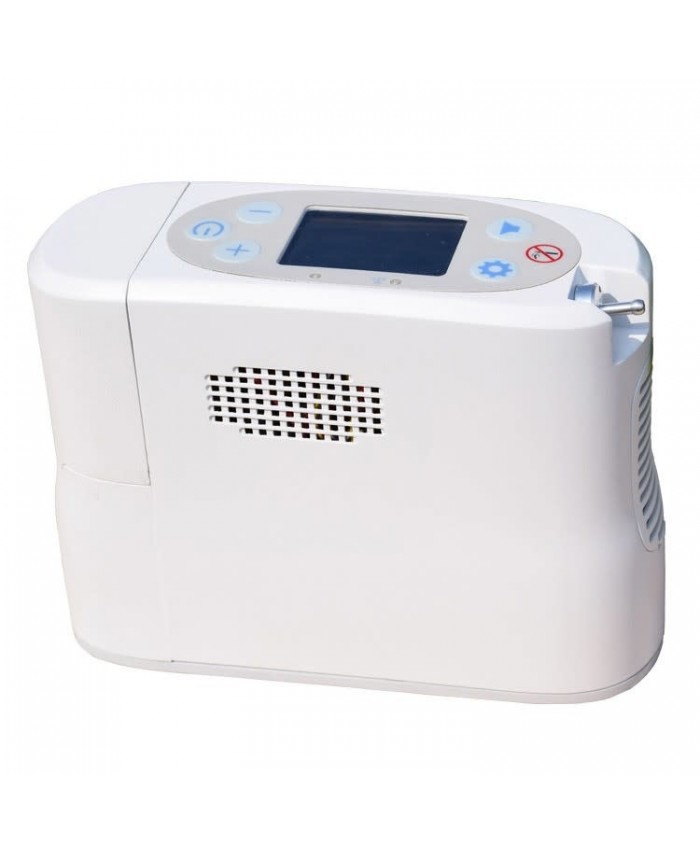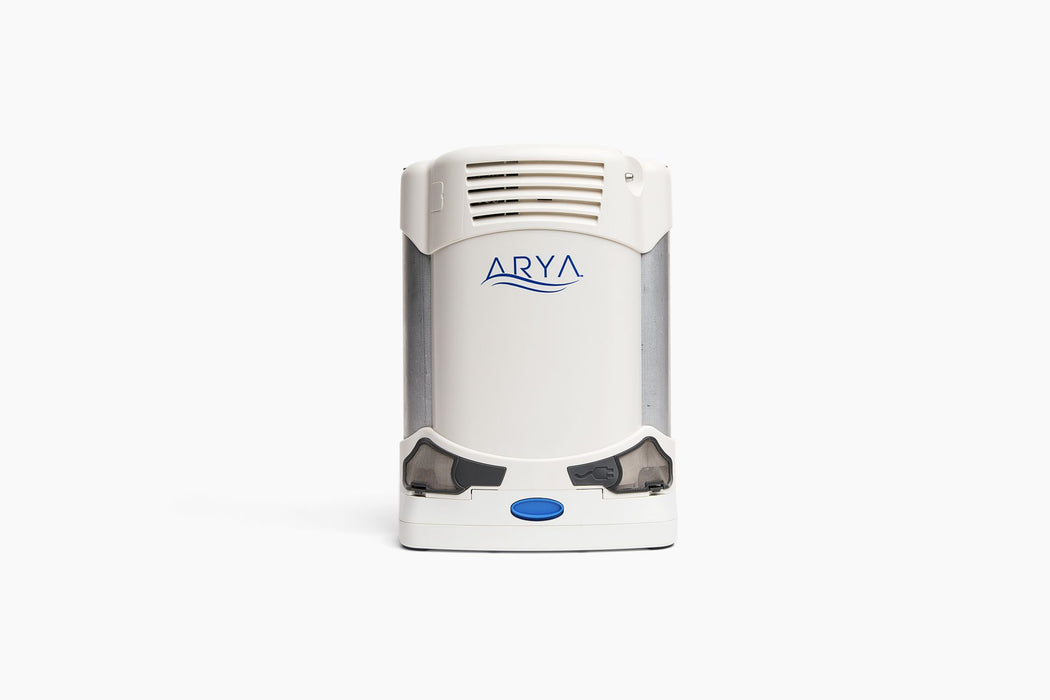Portable Oxygen Concentrators Fundamentals Explained
Wiki Article
Not known Details About Portable Oxygen Concentrators
Table of ContentsThe Of Portable Oxygen ConcentratorsAbout Portable Oxygen ConcentratorsThe 8-Minute Rule for Portable Oxygen ConcentratorsPortable Oxygen Concentrators - Questions
Fixed oxygen concentrators were when the standard, however these tanks can evaluate 50 pounds and were extremely difficult (Portable Oxygen Concentrators). Now, portable oxygen concentrators obtain the work done, and they can suit a bag or handbag! The only thing you ought to bear in mind is that portable concentrators have a lot more minimal oxygen delivery capabilitiesThere are 2 major kinds of mobile oxygen concentrators: pulse dosage and continuous flow. As the name suggests, pulse dosage concentrators provide oxygen periodically, just turning on when you inhale. This sort of tool is normally recommended for COPD people with minimal oxygen requirements, as the amount of O2 that a pulse dose concentrator can supply is relatively reduced.
This device can supply up to 3,000 m, L of oxygen every min, while pulse dosage devices often tend to cover out at 1250 m, L. Continual flow tools are the go-to for many COPD individuals, as they're perfect for individuals who need 2 to five liters of oxygen a minute.
Now that you have this overview to the different types of mobile oxygen machines, choose the ideal gadget with the help of your medical professional.
Excitement About Portable Oxygen Concentrators
We know Americans make use of residential variations in home treatment scenarios. We questioned just how well these portable oxygen concentrators would operate in healthcare facilities. POC concentrators boost the proportion of oxygen in ambient air individuals breathe in, whenever they require a boost. Private-use ones are little enough to lug around, and might help prevent the demand to visit busy centers and medical facilities.When it pertains to mobile oxygen treatment, there are two primary options for distribution. These are mobile oxygen cylinders which consist of pressed oxygen gas, or oxygen concentrators, which utilize a battery powered system to compress and filter air, in order to produce a regular supply of focused oxygen. In this blog post, AMS Composite Cylinders Technical Supervisor, Tony Morrin, compares both, taking a look at the pros and disadvantages of each oxygen distribution system for NHS clinical oxygen individuals in terms of patient autonomy.

Portable Oxygen Concentrator Oxygen pureness is constantly higher when provided from cyndrical tubes it never goes down listed below 99. 6%, no matter of the circulation rate required. In battery-powered concentrators, purity is affected by circulation rate, and may be 90% or much less, depending on the devices. Whilst oxygen concentrators can be beneficial for individuals that need a lower circulation of oxygen, cyndrical tubes offer greater focus that can be better for individuals with high flow needs.
Some Known Questions About Portable Oxygen Concentrators.
Both systems call for the individual to bring about devices. For cyndrical tubes, this will include bring a bag (and sometimes a cart) and for mobile oxygen concentrators this will certainly consist of the bag, trolley and power charger. Weight sensible, mobile oxygen concentrators can be comparable in weight, or often, lighter than standard aluminium cylinder systems.
They will have to boost dramatically if they are to provide the very same degree of efficiency as comparable composite cylinders. Oxygen always carries a safety and security risk. On one hand, ought to cyndrical tubes spring a leakage, they can develop an oxygen rich environment that could lead to an increase in fire danger.

The difference is that there are considerable upfront costs to purchasing a portable oxygen concentrator, but reduced running expenses utilizing cyndrical tubes enables the buyer to spread the price over an extensive period of time. One minor downside of a mobile oxygen concentrator is the sound portable systems make a considerable quantity of noise throughout procedure, which several clients find distracting.
Some Known Factual Statements About Portable Oxygen Concentrators

Our premium carbon composite cyndrical tubes offer high pressure (300 Bar), reduced weight, and NLL (Non-Limited Life) performance, and are certified for usage worldwide. Further info concerning AMS Compound Cylinders Ltd can be located at .
Oxygen concentrators are made with customer mobility in mind. Whether it's a desktop computer version for home usage or a smaller, lightweight version for on-the-go, these devices permit individuals to relocate freely without being tethered to a fixed device. Particularly for the ones especially made for mobility, clients can carry them about, helping with travel and daily tasks with simplicity.
One of the significant comforts of utilizing an oxygen concentrator is the removal of the constant need to fill up oxygen containers. This not only decreases the logistical obstacles and recurring prices connected with refills but likewise makes sure that the user has an extra foreseeable and check steady resource of oxygen. Oxygen concentrators are made to fit effortlessly into the home atmosphere.
Report this wiki page